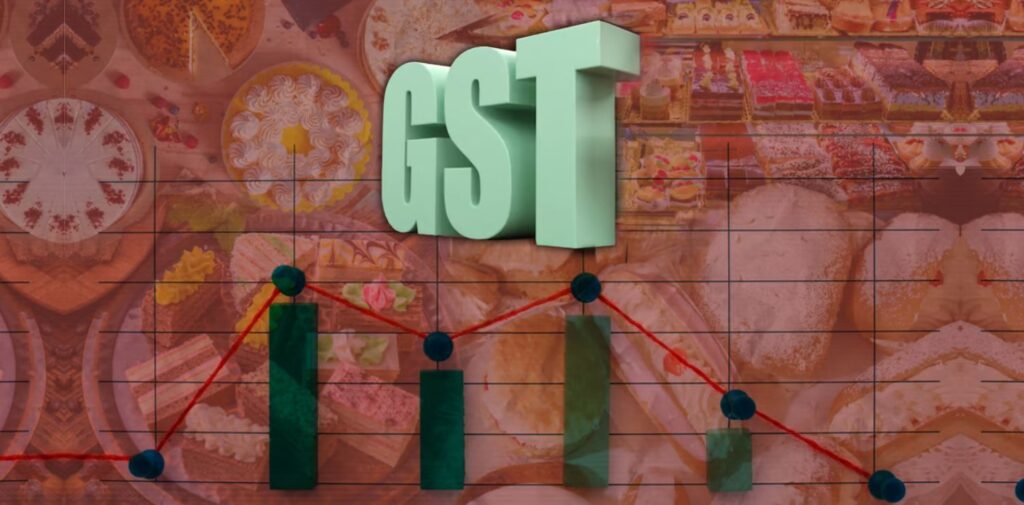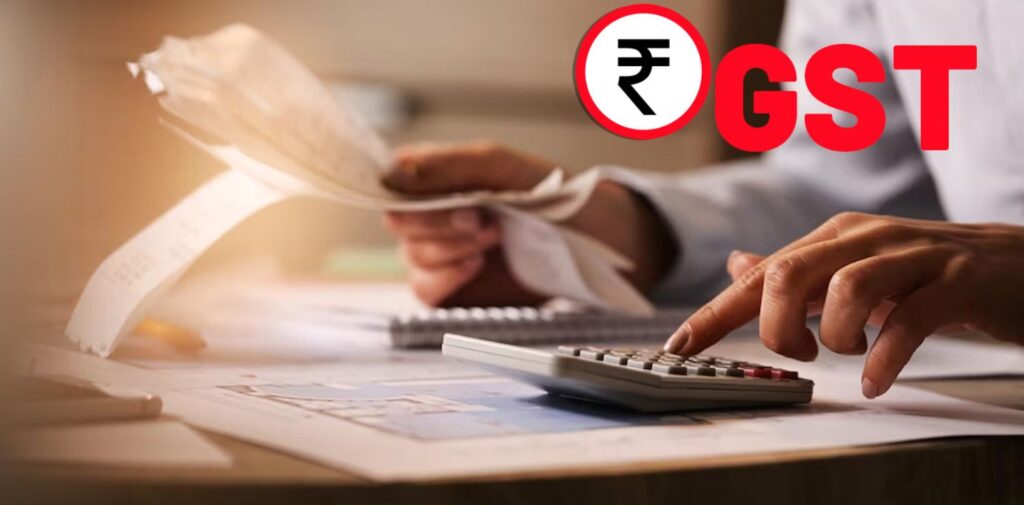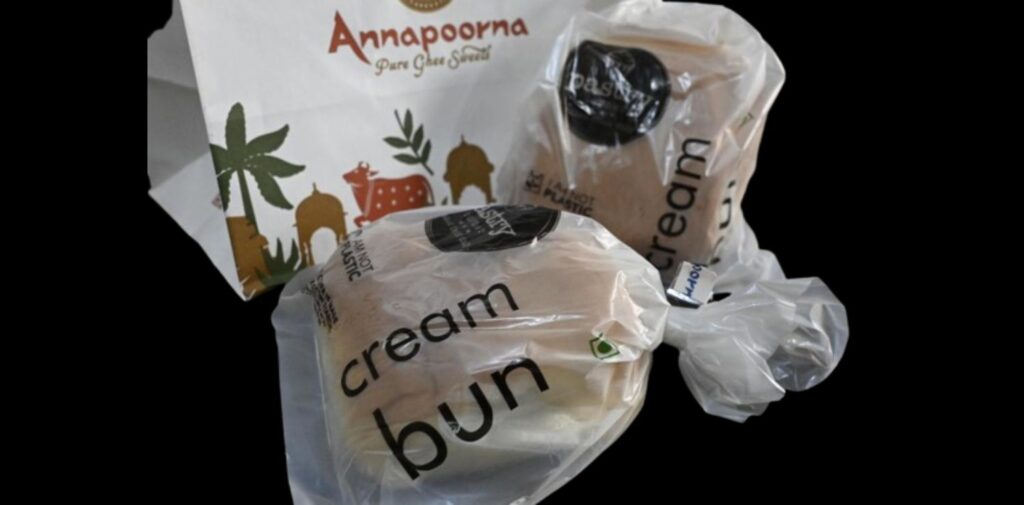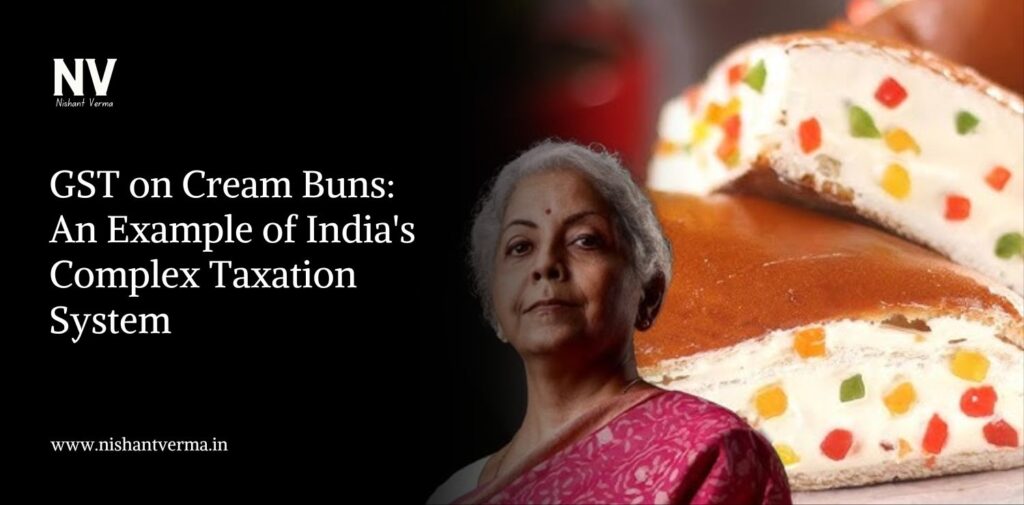India’s Goods and Services Tax (GST), implemented in 2017, was introduced with the aim of simplifying the country’s indirect tax system. However, as time has passed, certain complexities within the GST framework have led to unforeseen complications for businesses and consumers alike. One such case is the GST levied on cream buns—a popular snack in India—that has left both retailers and customers puzzled.
The GST Structure for Cream Buns: A Case Study
To understand the issue, let’s break down the tax structure:
- GST on Buns: A simple bun is considered an essential food item, and like most other essential food products, it attracts a GST rate of 0%. This exemption is intended to keep basic food items affordable for the common man.
- GST on Cream: Cream, being a processed and value-added product, is taxed at 5%. This rate is imposed on products that undergo minimal processing, thereby differentiating them from basic raw foods.
- GST on Cream Buns: However, when you combine a bun with cream and sell it as a “cream bun,” it is categorized as a processed food item. Consequently, the GST rate on cream buns shoots up to 18%, which is significantly higher than the individual rates of its constituent components.

This quirky anomaly in the GST system has led to an unintended problem for both retailers and consumers. Customers, realizing they can avoid paying the 18% tax, are now asking sellers to sell the bun and cream separately. This workaround not only highlights the inefficiencies of the tax system but also raises questions about the rationale behind such discrepancies.
The Broader Issue: Understanding India’s GST Framework
To fully comprehend the conundrum posed by the cream bun, one must understand the broader structure of India’s GST. The GST system is divided into four tax slabs—0%, 5%, 12%, 18%, and 28%. Essential items like food grains, vegetables, and certain household items fall under the 0% or 5% tax brackets to keep prices low and affordable. On the other hand, luxury goods and services attract higher rates of 18% or 28%.

While the GST was intended to simplify India’s complex indirect tax regime by consolidating various state and central taxes into one, it has inadvertently resulted in certain anomalies. Products that combine elements from multiple tax brackets, like the cream bun, often end up being taxed at rates higher than their individual components. This is largely due to the concept of “composite supply,” where the tax rate on the principal item (in this case, the cream bun) is applied to the entire product.
The Unintended Consequences for Businesses and Consumers
The current tax structure has led to several challenges for both businesses and consumers:
- Increased Prices: For businesses, the higher GST on processed food items like cream buns means they either have to absorb the cost or pass it on to consumers. In most cases, the latter occurs, which results in higher prices for consumers. For something as simple as a snack, this makes a significant difference to a large portion of India’s population, especially those in lower-income brackets.
- Workarounds and Tax Avoidance: Customers are now finding ways to circumvent the tax. By requesting the bun and cream separately, they can avoid paying the 18% GST that applies to the cream bun. This workaround may seem trivial, but it points to a larger issue—when consumers begin to manipulate the system to avoid paying taxes, it signifies that the tax framework is no longer serving its intended purpose efficiently.
- Operational Challenges for Businesses: Small and medium-sized businesses are the most affected by this quirk in the tax system. Retailers, especially local bakeries, now have to cater to customer demands for separate components, which complicates their operations and adds inefficiencies to their business models.
- Consumer Confusion: Many consumers do not understand why they must pay a higher tax for a combined product, which creates confusion and dissatisfaction. The GST structure, instead of simplifying taxation, is now seen as a burden by the average consumer.

The Broader Impact of a Complicated GST System
The issue with the cream bun is not an isolated case. Several other products and services in India face similar taxation discrepancies. For example:
- Clothing and Textiles: Clothes priced below ₹1,000 are taxed at 5%, while those above ₹1,000 are taxed at 12%. However, if a retailer offers discounts and the effective price falls below ₹1,000, confusion arises regarding the applicable tax rate.
- Restaurant Services: Food served in air-conditioned restaurants attracts an 18% GST, while non-AC restaurants are taxed at 5%. This has led to situations where consumers choose non-AC sections to save on taxes, affecting restaurant revenues.
- Packaged Food Items: Items like packaged snacks attract 12% GST, whereas unpackaged and unbranded food items are often exempt. This incentivizes retailers to sell products without packaging, impacting food safety standards.
These examples demonstrate the broader inefficiencies in the GST system that are creating confusion and inefficiencies across industries.
A Call for Simplification
The fundamental issue with India’s GST system lies in its complexity. Instead of simplifying the tax structure, as was originally intended, the multiple tax slabs and classifications have led to a labyrinth of rules and regulations. Businesses, particularly small and medium enterprises, struggle to navigate these rules, while consumers bear the brunt of inconsistent and sometimes arbitrary taxation.
There is a strong case to be made for simplifying the GST regime. Reducing the number of tax slabs, rationalizing the tax rates, and eliminating discrepancies such as the one involving cream buns would go a long way in improving compliance and reducing tax evasion. A simplified system would not only make it easier for businesses to operate but would also ensure that consumers are not unduly burdened by high taxes on essential or everyday items.
Policy Recommendations
For Finance Minister Nirmala Sitharaman and her team, addressing these anomalies should be a priority. Several steps could be taken to improve the current system:
- Review the Tax Slabs: The GST Council should review the necessity of having multiple tax slabs. A simplified structure with fewer slabs—such as a 0%, 5%, and 18% division—would help eliminate many of the current anomalies.
- Address Composite Supply Issues: The government should revisit the concept of composite supply and ensure that products like cream buns are not unfairly taxed at higher rates. A more nuanced approach to taxing value-added food items would benefit both businesses and consumers.
- Increase Public Awareness: Many of the current issues stem from a lack of understanding of the GST system. A concerted effort by the government to educate both businesses and consumers on how GST works would help reduce confusion and improve compliance.
- Encourage Feedback from Industry Stakeholders: The government should actively seek feedback from industries affected by GST anomalies. A more collaborative approach to policymaking would ensure that the tax system works in favor of all stakeholders.

Conclusion: GST on cream buns
The GST on cream buns might seem like a minor issue, but it serves as a glaring example of the complexities embedded in India’s current GST framework. The broader problem of multiple tax slabs, composite supply issues, and customer confusion needs to be addressed to ensure that the GST system achieves its original purpose—simplifying taxation and promoting ease of doing business.
For now, consumers will continue to ask for buns and cream separately, and businesses will have to find ways to navigate this convoluted tax structure. It’s time for India’s policymakers to step in and make the necessary reforms to restore faith in the GST system. Only then can it truly become the “one nation, one tax” solution it was meant to be.




